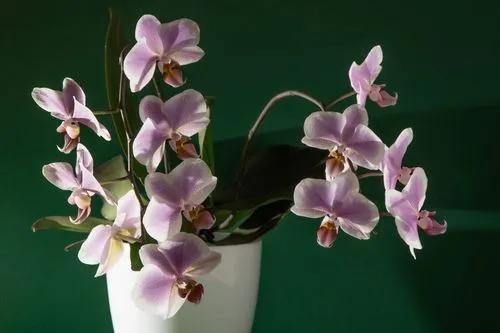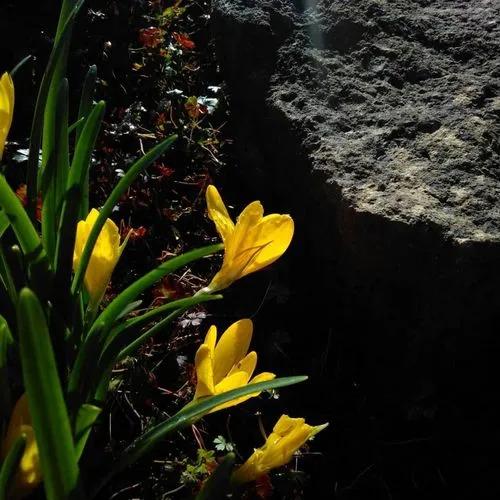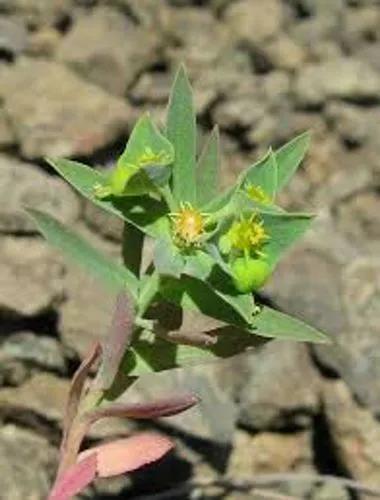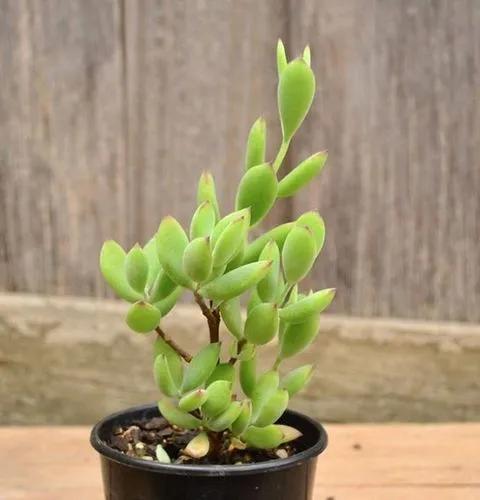Trifolium incarnatum, known as crimson clover or Italian clover, is a species of clover in the family Fabaceae, native to most of Europe. It has been introduced to other areas, including the United States and Japan. This upright annual herb grows to 20–50 cm (8-20") tall, unbranched or branched only at the base. The leaves are trifoliate with a long petiole, each leaflet hairy, 8–16 mm across, with a truncated or bilobed apex. The flowers are produced throughout the spring and summer, rich red or crimson, congested on an elongated spike inflorescence 3–5 cm tall and 1.5 cm broad;
Crimson Clover Care
Trifolium Incarnatum



How to Care for the Plant

Water

Crimson clover is fairly low-maintenance once it is established. It is not drought-resistant and must receive even watering and moisture during its growing season. Sufficient moisture is especially necessary if you want the plant to reseed itself during the spring months.

Fertilizer

Phosphate and potash are the most important fertilizer elements required by crimson, but micronutrients and sulfur can also be limiting. Nitrogen applied at planting is probably beneficial in total production especially when crimson is grown in association with annual or perennial grasses.

Soil

When using crimson clover to improve very poor soil, mixing a balanced organic fertilizer into the soil before planting will give better results.

Temperature

Its optimal growing temperatures are between 40 and 70 F. (4-21 C.). Crimson clover plants prefer cool climates and will die back in extreme heat or cold. In cool, northern climates, crimson clover can be grown as a summer annual cover crop, seeded in spring as soon as the danger of frost has passed.

Additional

The crimson clover is also good food for cattle. A similar clover, whether in the form of hay or grass, is poisonous to horses. It can trigger a severe skin reaction to sunlight or can kill horses within 24 hours of exposure.

Popularity

501 people already have this plant 139 people have added this plant to their wishlists
Discover more plants with the list below
Related articles






